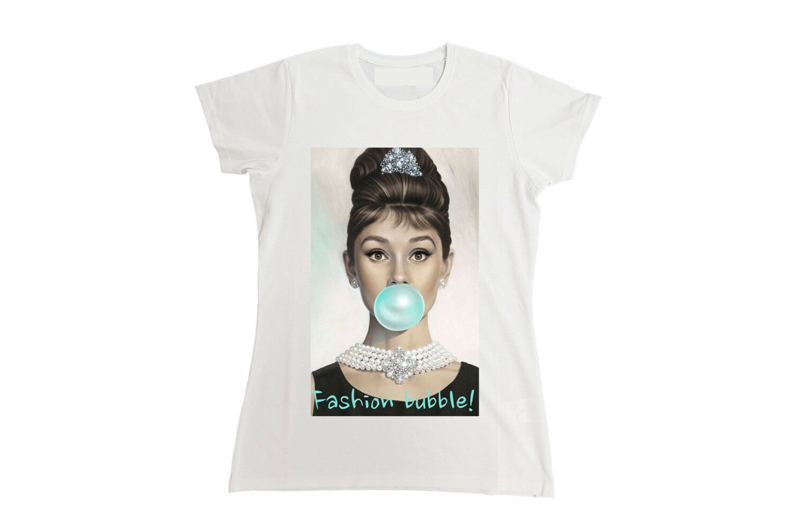Italian court awards damages in copyright dispute over Audrey Hepburn’s image
Italian court orders the manufacturer of unauthorised Audrey Hepburn t-shirts to pay damages to the actress’ heirs: under Italian copyright law a person’s portrait cannot be reproduced for commercial or advertising purposes without the authorisation of either the person or the heirs, regardless of whether the person is renowned.
The two sons of the late actress Audrey Hepburn brought an action before the District Court of Turin over the use of Hepburn’s likeness on t-shirts sold both on and off line. The heirs sought an order against the further sale of the item as well as the payment of damages.
Some of the t-shirts in question bore images of the actress that had been changed by adding a chewing gum bubble coming out of her mouth or tattoos and a raised middle finger.
Hepburn’s heirs claimed that the t-shirts infringed Article 96 of Italian copyright law which forbids the exhibition, sale and reproduction of a person’s portrait without authorisation of the person (or the person’s heirs), as well as Article 97 of the same law and Article 10 of the Italian Civil Code, which forbid the exhibition and sale of a person’s portrait in such a way as to damage the honour, reputation or dignity of the person portrayed.
The defendant in the case – the company which had manufactured and sold the t-shirts – maintained that Article 97 allows the reproduction of portraits without authorisation where the person portrayed is renowned, and that the Hepburn portraits which had been changed (with the addition of the bubble, tattoos and raised middle finger) were to be considered original works that revisited women’s liberation in a creative manner.
On 27 February 2019 the District Court of Turin issued its judgement No. 940/2019, holding against the defendant.
The court, with reference to Italian case law, found out that the exception to the mandatory permission to reproduce portraits provided by Article 97 can be justified by a public interest in information, but that this is not does not apply to images drawn from films, which their publication takes place in a context that differs from the actual film and its marketing material.
Furthermore, Article 10 of the Italian Civil Code and the two above-mentioned provisions of the Italian copyright law are to be interpreted as meaning that the circulation of a portrait without the subject’s consent is permitted only if, and insomuch as, it takes place for public information purposes, not when its purpose is sales or marketing.
The court found that the defendant had unlawfully exploited the actress’ image for commercial purposes, and that the revision of the original image had damaged her reputation and dignity, causing a loss of economic value of that image and therefore damaging the Hepburn heirs.
Lastly, the court also referred to a judgement of the District Court of Milan in a previous case brought by the Hepburn heirs to protect the actress’ image, and sentenced the defendant to pay over 61 thousand euros for material and non-material damages, in addition to legal expenses.
Related content
Flash news – Footballer scores against free rider in NEYMAR bad faith trademark dispute
